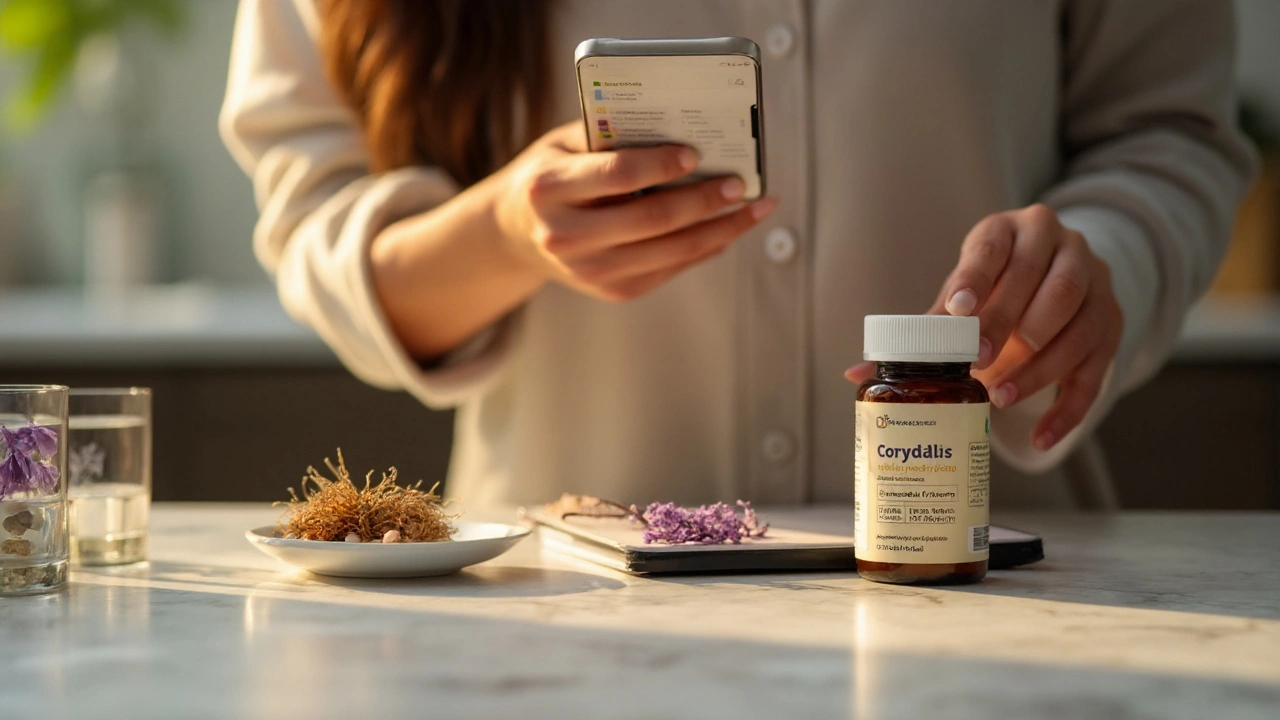
Corydalis Benefits, Uses, Dosage, and Safety (2025 Guide)
Curious about Corydalis? Get a clear, evidence-based guide to benefits, safe dosage, side effects, and how to pick a quality supplement-updated for 2025.
If you’ve heard about corydalis as a natural way to ease aches, you’re not alone. This Chinese herb contains alkaloids that can calm pain and anxiety, but like any active ingredient, the right amount matters. Too little might not help, too much can cause unwanted side effects. Below you’ll find straight‑forward dosage advice, how to pick the right product, and safety points you shouldn’t ignore.
Corydalis (Corydalis yanhusuo) has been used for centuries in Traditional Chinese Medicine. The plant’s roots are rich in dehydrocorybulbine (DHCB) and other alkaloids that act on the body’s pain pathways. Modern users often turn to it for chronic back pain, headache relief, or to smooth out stress‑induced tension. Because it works differently from opioids, many think it’s a gentler option, but it still has a pharmacologic effect that needs proper dosing.
Most research and practitioner notes point to a daily dose of 0.5 g to 2 g of dried root powder, split into two or three portions. In capsule form, manufacturers usually standardize the product to 0.2 g of powdered root per capsule. A common regimen is 1‑2 capsules three times a day, which roughly equals 0.6‑1.2 g of raw material.
If you choose a tincture, the concentration varies, but a typical strength is 1 ml containing about 0.5 g of dried root equivalent. Start with 1 ml twice daily and adjust based on how you feel. The key is to begin low, watch your body’s response for a few days, then increase slowly if needed.
For people new to corydalis, a safe starter is 0.5 g of powder or one capsule in the morning and another in the evening. Most users notice a calming effect within an hour, and pain relief may build up over a week of consistent use.
Remember that individual factors – weight, age, liver health, and other medications – can shift the ideal dose. If you’re over 65 or have liver disease, keep the dose at the low end of the range and talk to a healthcare professional before adding corydalis to your routine.
When you reach the upper limit (2 g of raw root per day), you’re approaching the point where side effects like dizziness, nausea, or light‑headedness become more common. If any of those pop up, cut the dose back immediately.
Timing matters, too. Taking corydalis with food can reduce stomach upset, while taking it on an empty stomach may speed up absorption and make the pain‑relieving effect feel stronger. Experiment with both to see which suits you best.
Finally, keep track of how long you stay on corydalis. Most experts suggest a break after 4‑6 weeks of daily use to prevent tolerance. A week off lets your body reset, then you can restart at a low dose if you still need the benefit.

Curious about Corydalis? Get a clear, evidence-based guide to benefits, safe dosage, side effects, and how to pick a quality supplement-updated for 2025.